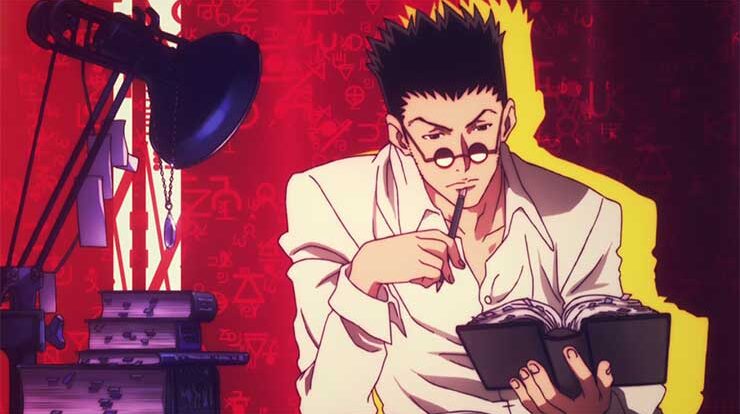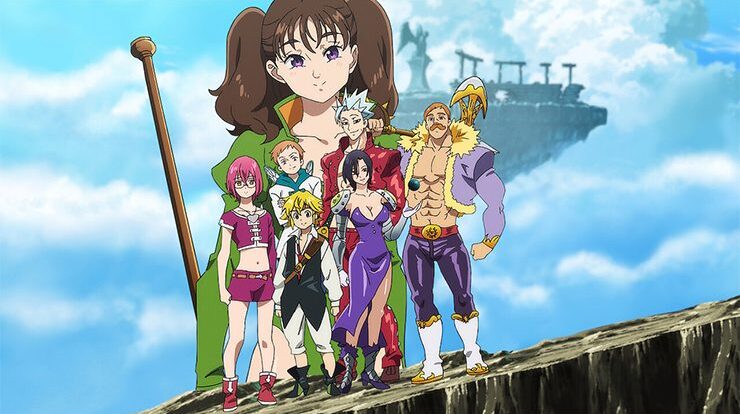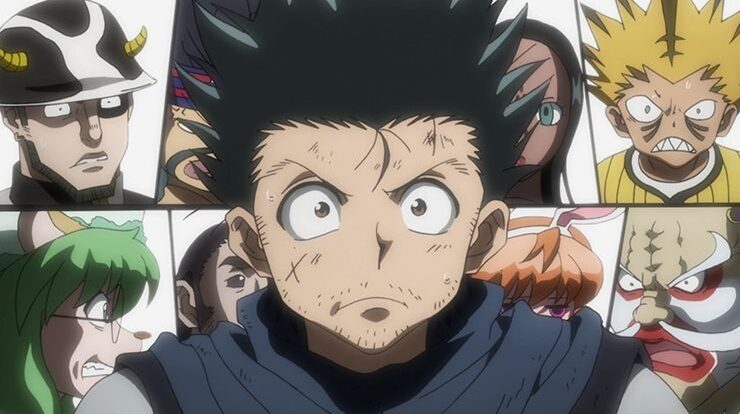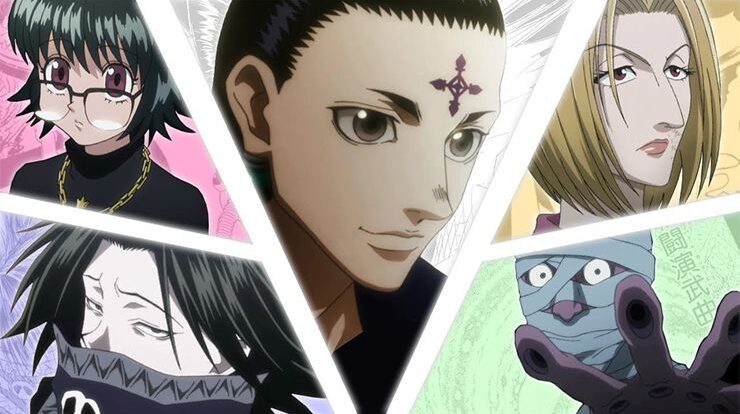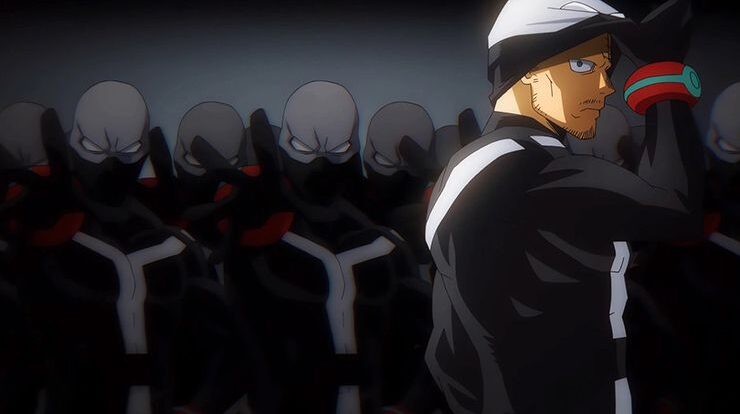
All Quirk Types That Exist in My Hero Academia – Hey guys!. In this post, I’ll be discussing All Quirk Types That Exist in My Hero Academia. Because it takes place in a world where superpowers are one of the most normal things of all, My Hero Academia has a very wide variety of these powers – also called “quirks” – in its history.
They can be divided into categories based on what they do and how they work. In total, there are 3 types of Quirks, but they can also be categorized into a few subtypes. Although this method of “cataloging” the powers is not mentioned in the work, it is something canonical and actively used in the fan community to identify the type of power that each character has. That said, let’s get started.
Emitter
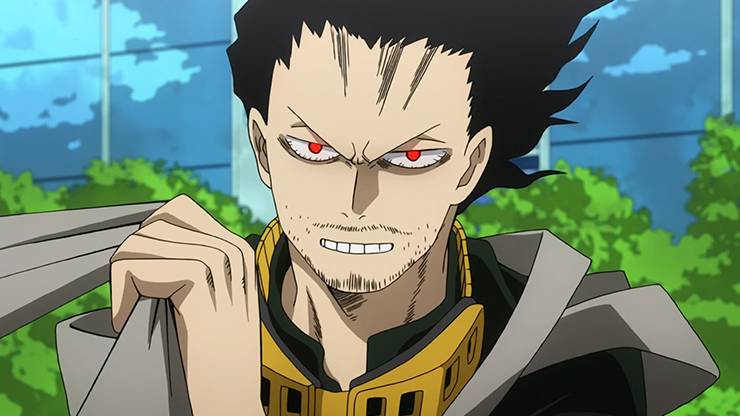
This category is also called “Operative”, as it means that its bearer has to activate its power in some way, without necessarily changing the physical structure of its body for that. This is probably the category that most encompasses people with powers in the world. This type of Quirk mainly involves users with powers that release and control some substance, like Todoroki’s fire and ice.
But it also covers users with Quirks that cause some effect on their enemies, which is the case of Aizawa’s Quirk and Shinso’s “Brainwashing”. In some cases, users with Emitter Quirks can even alter the properties of things around them on a molecular level, as is the case with Juzo’s “Softening”, which turns solid objects into semi-liquids, and Shigaraki’s “Decaying”, who disintegrates everything he touches.
Even when an Emitter-type person alters their body, they still fall into this category as their appearance will not change significantly. An example of this case would be Endeavor, who can envelop his body in flames at any time, but his human size always remains the same. The anime’s most famous Quirks, the “One for All” and “All for One”, are also considered to be Emitter-type Quirks.
Users of this category tend to suffer severe disadvantages from the overuse of their Quirk, and it takes extensive training to minimize the collateral damage of their power to their body. Because sometimes they gradually lose their natural resistance to their own individuality. A few more examples of Emitter-type people are Bakugo, Uraraka, Kaminari, Nejire, Midnight, Nighteye, Ectoplasm, and several others.
Transformation
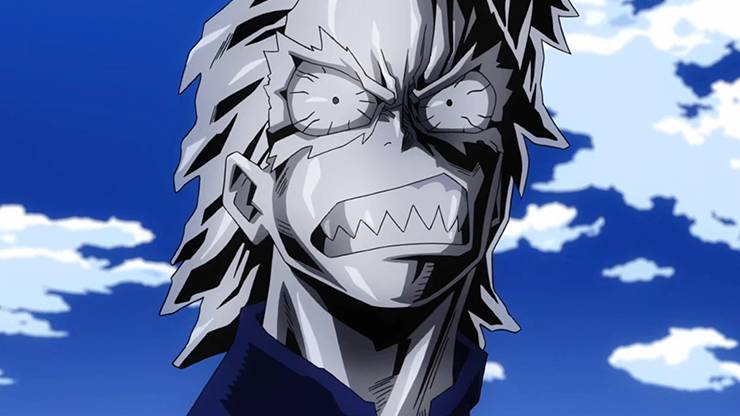
This category is also called “Composite”, since many times, transformations lead its bearer to assume similar appearances to people belonging to the “Mutant” category. The difference is that, in the case of Quirks of the “Transformation” type, the body of its wielder drastically changes because of its own power. In short, “transformation” type people can completely alter their body temporarily.
A good example of this is the heroine Ryukyu with her ability to transform into a dragon. Sometimes, the transformation does not necessarily alter the user’s entire body, but only improves some existing physical aspect of the person – as is the case with Kirishima and TetsuTetsu, who make their bodies more resistant by minimally altering their appearance.
Quirks in this category can also add “new limbs” to a person’s body, as we saw with that Nomu that attacked the students during the summer camp raid. The monster could add more arms to its body, each containing a few tools. Usually, Transformation-type Quirks only affect their own wielder, but we’ve already seen an exception to this rule with the character Seiji Shishikura.
His “Meatball” power alters his arms to turn other people into balls of meat, and this effect can be canceled if he wants to or make his arms return to normal. As soon as a hero of this category’s stamina is depleted, his transformation will also often unravel, returning him to his original human form. Other examples of “transformation” type characters are Mount Lady, Re-Destro, Kamui Wood, and Mirio.
Mutant
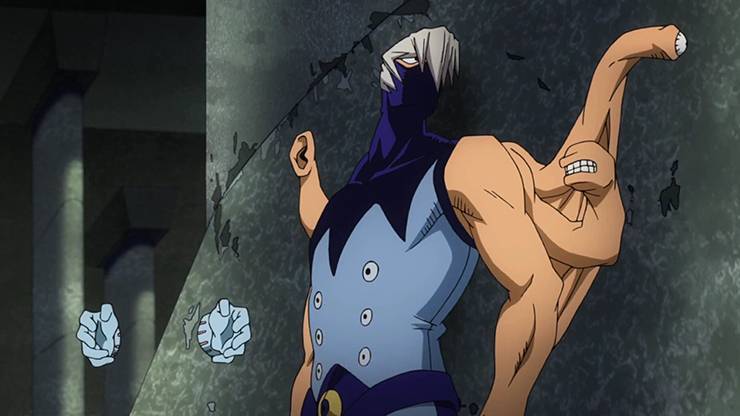
This category involves all people whose appearance has been altered thanks to superhero genes and who also have their individualities directly linked to their different appearance. Precisely because it is part of the user’s body, people with this type of Quirk do not need to “activate” their power, as this is just an extension of their own bodies.
If Eraser Head used its erasing power on someone with Mutant-type power – like Asui Tsuyu, for example – the girl would only lose her frog abilities, but her amphibious appearance would remain. Just to cite one more example, this case would also be exactly the same for Mezo Shoji.
If Aizawa-sensei were to erase Shoji’s Quirk, he would only interrupt the boy’s ability to replicate parts of his body in his 6 arms, but still, the arms won’t disappear. Precisely because they are part of their bearer’s body, sometimes they even use their powers unconsciously. The best example of this is Hagakure, who is invisible 100% of the time, even when asleep or knocked out.
Although it is extremely rare, there is a case of an animal with a “mutant” individuality, which in this case is the director of the UA, Nezu, who was a simple mouse that developed a mutation and gained intelligence superior to that of humans. Examples of mutant type people are: Iida, Mineta, Jiro, Mirko, Mei Hatsume, Gran Torino, Hound Dog and Hawks.
Accumulation
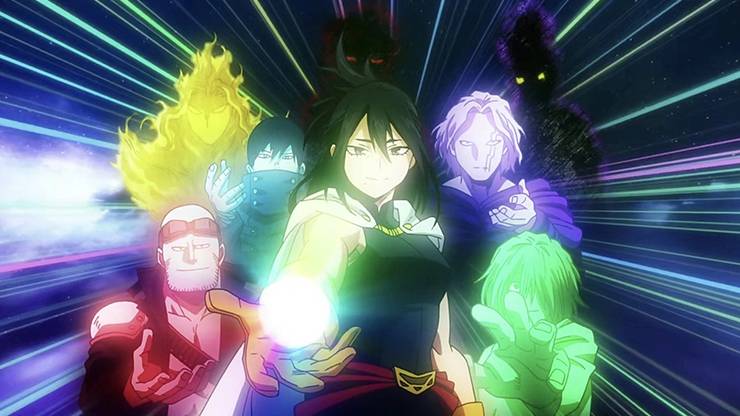
The “accumulation” is not exactly a category of quirks, but rather a subcategory, which can encompass both emission, transformation or mutant powers. Basically, quirks with this condition require its wielder to accumulate something in order for it to be activated or used optimally. The best example of such a power is One for All.
In its first owner, the One for All was a practically useless individuality, but as it was passed on by its heirs, the power was cultivating the strength and individualities of each one, that is, accumulating. Thus, its current wielder, Deku, is only so powerful thanks to the accumulation generated by Quirk.
Interestingly, the character Monoma, from class 1-B, even has the ability to copy the Quirks of others for himself, but he cannot effectively use the power of someone of the “accumulation” type, since the accumulation cannot be copied. Thankfully, right? If it was possible to copy the accumulation as well, Monoma would have serious problems when he copied Deku’s One for All.
Other people with powers of this type are: FatGum and Eri. FatGum accumulates an enormous amount of fat in his body to be able to use his Quirk, which serves to absorb the impact of blows made against him. Eri, in turn, accumulates energy that causes a human’s body to “regress” proportionally to the amount of energy she has gathered.
Awakening
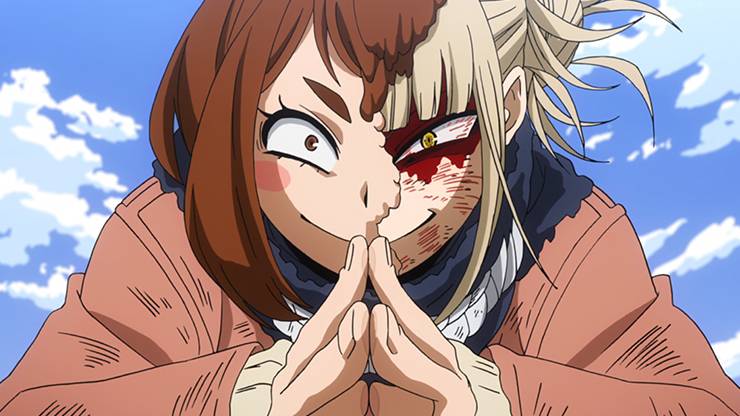
This is also a subcategory of Quirks, and encompasses any kind of power that suddenly surges to its wielder or undergoes a drastic improvement in a short period of time. Tomura Shigaraki is an example of someone who has experienced both types of awakening. His powers suddenly appeared when he was a child, which caused him to disintegrate his entire family.
Years in the future, after facing Re-Destro and Gigantomachia, his Quirk underwent a new awakening, and he became capable of deteriorating an entire city just by touching the ground with his hands. Deku also underwent an awakening with One for All just as the ancient wielders’ powers began to emerge.
As soon as the quirk “Black Whip” appeared, he had the first awakening, and so it followed as the powers of the other bearers were emerging for him. Finally, Toga and Twice are also examples that had an awakening. Toga, before, could only copy people’s appearance, but after the Re-Destro arc, she was even able to copy people’s Quirks!
She was able to use Uraraka’s “zero gravity” after assuming her appearance. As for Twice, after overcoming his existential crisis, he suffered an awakening that allowed him to create countless clones with his power, being able to create an army huge and efficient enough to take over an entire country!
Conclusion
Of course, there are other subcategories and ways of classifying Quirks, but these are all the truly canonical ones we could find. Even though these classifications are not mentioned properly in the anime and do not seem to be such an important thing, they end up becoming very useful in creating new characters for the plot.
I wouldn’t be surprised if I learned that the author of MHA follows this “recipe” to create new quirks for every new character in the work. These are all ways of classifying Quirks in Boku no Hero. Did you already know this system? Are there any subcategories that you found that we could have added here?
That is it from today’s post on All Quirk Types That Exist in My Hero Academia. If you do not agree with the points in the post and have some of your own opinions, share them with us in the comments section down below. Keep visiting Animesoulking for more information about Anime and Manga.
Also, Read:
- Top 20 Strongest Class 1A Students in My Hero Academia
- Top 10 Strongest Survey Corps Soldiers in Attack on Titan
Chandan is the writer of “All Quirk Types That Exist in My Hero Academia”. Also, Connect with me on YouTube and Facebook.


